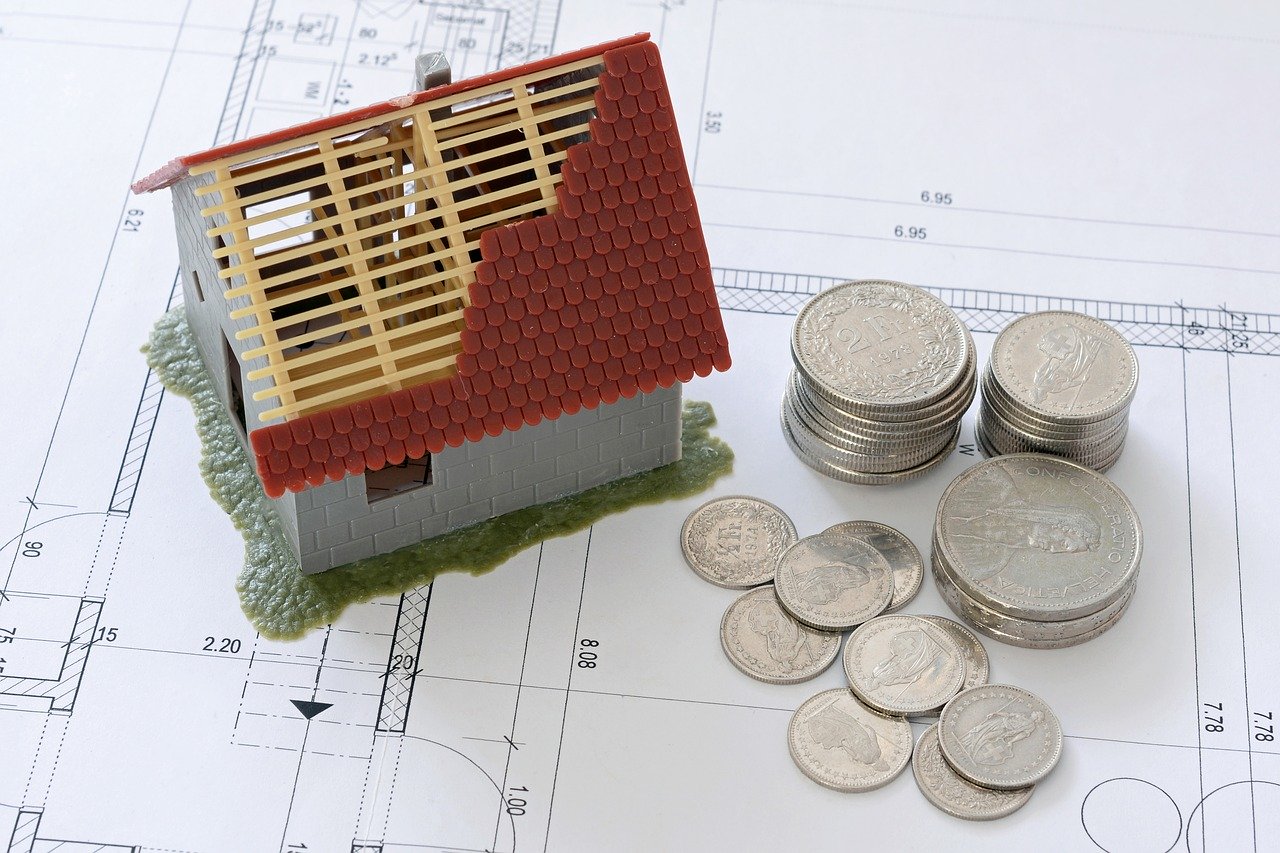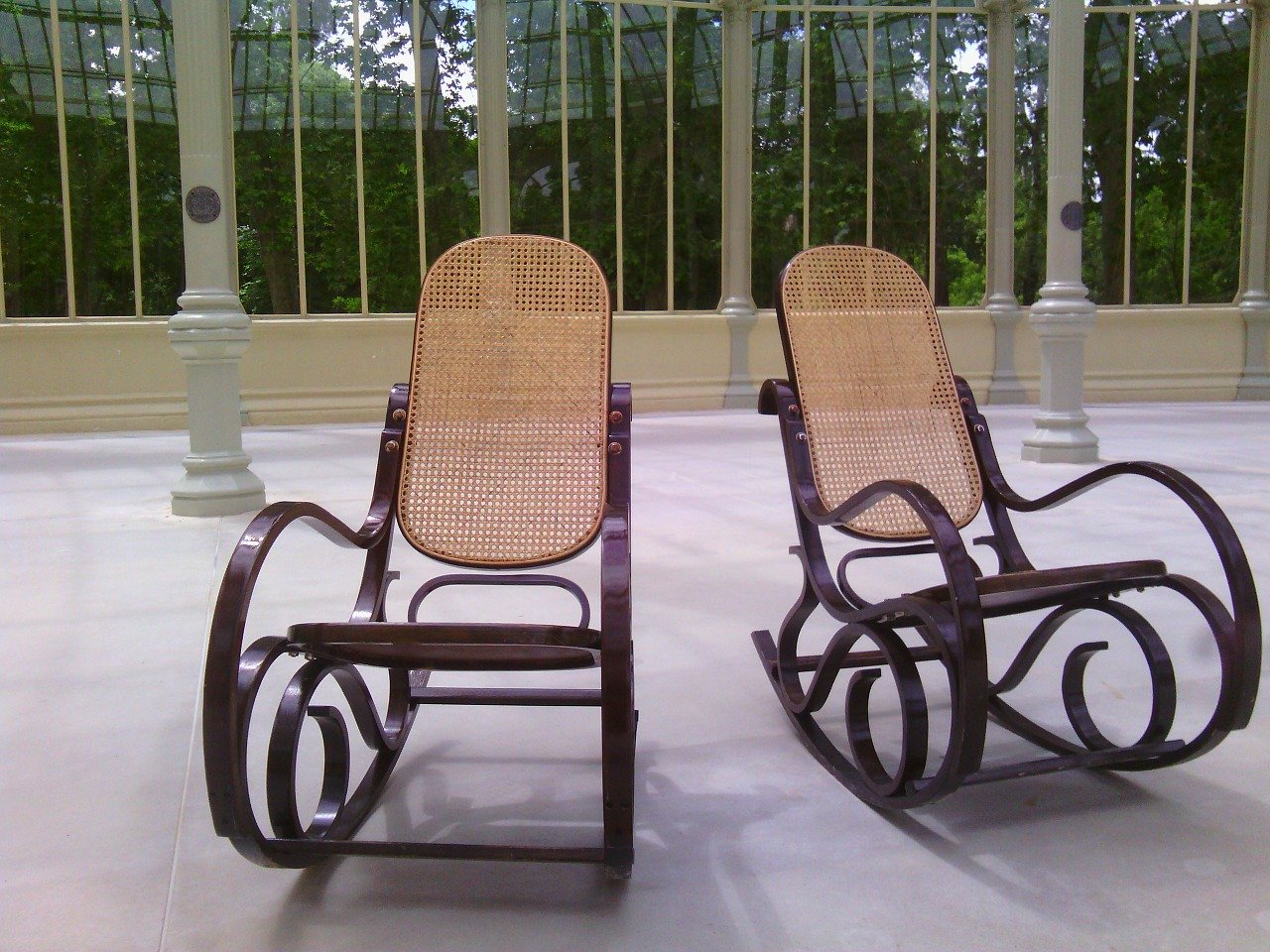By Gene Guarino
Is this considered commercial or residential?
The first myth that I want to cover with you is commercial versus residential. We talk about Residential Assisted Living because it’s a single family home, in a residential neighborhood. The home itself might be a little bigger than your average home. Instead of a three bed, two bath home, it might start with a four bedroom, three bath home or maybe a five or six bedroom home. It’s a residential home, but we are using this for a commercial purpose. Now be careful how you word it and think about a RAL home. I didn’t say we’re running a business or operating a business out of a home, that’s different because many places that have an HOA, and have CC&Rs or covenants, codes, and restrictions, are going to have some kind of wording in there that says you can’t operate a business out of your home. When we talk about Residential Assisted Living, it is a residential home and a group home for the elderly, so it’s not a business. We don’t have a lot of customers coming and going all day long. You have to understand that’s what most of those restrictions are for. They don’t want to have a retail establishment in the middle of the neighborhood, but it definitely is residential and we’re using it for this specific purpose.
Is it hard to get financing?
 Now when it comes to the lending, It’s a residential home. It’s non-owner occupied, so you could pretty much go to any bank as if you’re just going to buy a house that you’re going to use as a rental property, it’s called non-owner occupied because you’re not living in the house. This might be 20 percent down and then the bank will finance up to 80 percent LTV or loan to value. That can be a Fannie Mae or Freddie Mac loan or other types of residential loans the bank is offering, so again it is a residential, not commercial property. Now we can also use private lenders, investors and joint venture partners, people who will provide the capital that’s needed.
Now when it comes to the lending, It’s a residential home. It’s non-owner occupied, so you could pretty much go to any bank as if you’re just going to buy a house that you’re going to use as a rental property, it’s called non-owner occupied because you’re not living in the house. This might be 20 percent down and then the bank will finance up to 80 percent LTV or loan to value. That can be a Fannie Mae or Freddie Mac loan or other types of residential loans the bank is offering, so again it is a residential, not commercial property. Now we can also use private lenders, investors and joint venture partners, people who will provide the capital that’s needed.
What will it cost to renovate it into Residential Assisted Living home?
It depends on where the home starts. What does it already have? Do you want to add space, maybe convert a garage into bedrooms or a living space? That would all cost money, but at least we’re starting with the concrete floor, the walls, the ceiling, the electric. We may have to upgrade the HVAC, level the floor, put in walls, closets, doors, and windows. You can convert 20 x 24 garage for approximately $20,000 to $30,000 depending on your location. Always get permits, use proper contractors and so on.
Keep this in mind.
 Keep in mind that it is a residential home. It’s a group home for the elderly, but it’s a residential setting. Remember, step one is location. then find out what the rules and regulations are, and then begin. There are a lot of myths regarding Residential Assisted Living, and we are going to help you through it. Be sure to subscribe to our iTunes podcast to listen on the go! [CLICK HERE]
Keep in mind that it is a residential home. It’s a group home for the elderly, but it’s a residential setting. Remember, step one is location. then find out what the rules and regulations are, and then begin. There are a lot of myths regarding Residential Assisted Living, and we are going to help you through it. Be sure to subscribe to our iTunes podcast to listen on the go! [CLICK HERE]

Gene Guarino Founder/CEO Residential Assisted Living Academy™
Gene is the President, CEO & Founder of RALAcademy.com. Gene has over 30 years experience in real estate investing and business. Today, Gene is focused on just one thing… investing in the mega-trend of senior assisted housing. He has trained thousands of investors/entrepreneurs throughout the United States how to invest in and operate residential assisted living homes. For over 25 years he has been educating people on the strategies of successful investing, business and self-employment. He now specializes in helping others take advantage of this mega-trend opportunity.
